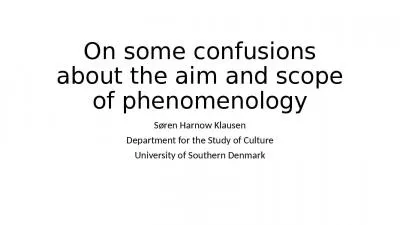PPT-Hermeneutic Phenomenology
Author : ellena-manuel | Published Date : 2016-04-10
vs Cartesian Cognitivism Theoretical Implications EDCP 585D January 14 2015 Cartesian Tradition Skepticism hyperbolic doubt Since I sometimes believe that
Presentation Embed Code
Download Presentation
Download Presentation The PPT/PDF document "Hermeneutic Phenomenology" is the property of its rightful owner. Permission is granted to download and print the materials on this website for personal, non-commercial use only, and to display it on your personal computer provided you do not modify the materials and that you retain all copyright notices contained in the materials. By downloading content from our website, you accept the terms of this agreement.
Hermeneutic Phenomenology: Transcript
Download Rules Of Document
"Hermeneutic Phenomenology"The content belongs to its owner. You may download and print it for personal use, without modification, and keep all copyright notices. By downloading, you agree to these terms.
Related Documents

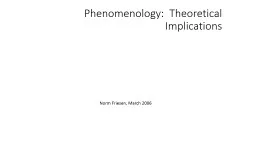
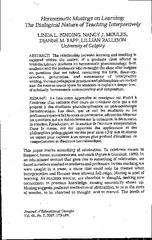
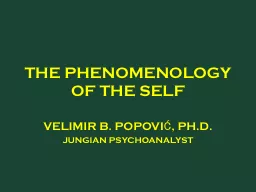
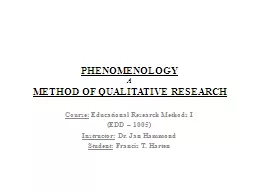
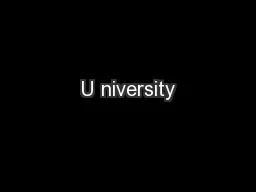
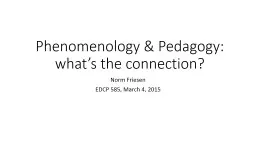
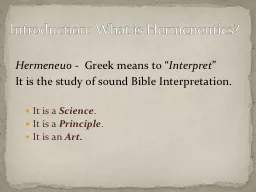
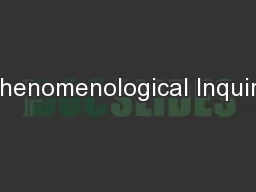

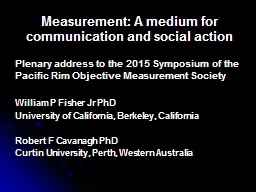
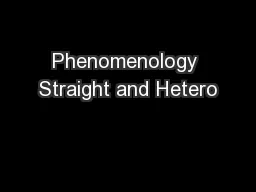
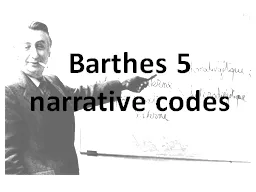
![[BOOK]-Phenomenology of the Social World (Studies in Phenomenology and Existential Philosophy)](https://thumbs.docslides.com/956295/book-phenomenology-of-the-social-world-studies-in-phenomenology-and-existential-philosophy.jpg)
